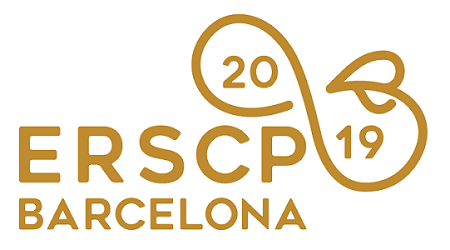Full Program »
Dynamic Stock Model for the Assessment of the Environmental Impacts of Preparation for Reuse for WEEE
The European Union defines “preparation for reuse” (PfR) as the second highest priority of waste management right after waste prevention. Reusing products extends their lifetime and reduces the raw material input for new products, but may come at the cost of a delayed market entry for new eco-efficient technologies. This is particularly important for Electrical and Electronic Equipment (EEE), for which product lifetimes are short, reuse happens rarely and environmental impacts are presumed to mainly arise pre-use (raw material provision and production stage). We examine this presumption by analyzing the environmental savings potential of reusing electrical domestic appliances (e.g. washing machine, freezer) and conduct a case study to assess the optimal share of reuse for discarded washing machines in Germany. Based on literature analysis, we compile a set of all relevant parameters that influence the environmental impacts of EEE to assess potential benefits of PfR compared to recycling. Our approach comprises comparative Life Cycle Assessments (LCA) of new products and PfR devices, calculated for each energy efficiency class, and allows for changes in lifetime, consumers’ behavior during usage, environmental impacts from recycling, as well as the electricity mix of a country. We assess the impacts of new and reused devices for all 19 ReciPe 2016 midpoint categories. Subsequently, we use these LCA results as input data for a material flow analysis. For the modelling of the current in-use stock and the old appliances arriving at municipal collection points, we match market data on efficiency classes with Weibull-distributed lifespans. The model allows for an informed decision on environmentally preferred waste management options for WEEE. Results show that the reuse of an average old appliance (energy efficiency rating “A” with a share of 49%) over twelve years leads to environmental savings in 10 out of 19 impact categories, compared to production and use of an average new device (rated “A+++” with a share of 84 %). In contrast, in nine categories, the decision for a new device, which implies recycling of the old one, would be preferable to PfR. Hence the dynamic stock model needs to be capable of delivering Pareto-optimal shares of reuse. By quantifying the environmental savings for the reuse of products, we support environmentally optimal decision making on end-of-life alternatives. The comparison of specific energy efficiency classes allows for product-specific decisions, whereas the dynamic stock model enables the assessment of potential environmental benefits of PfR on national level by combining Material Flow Analysis and Life Cycle Assessment. This serves as a basis for recommendations for politics and consumers and may lead to innovative business models.
